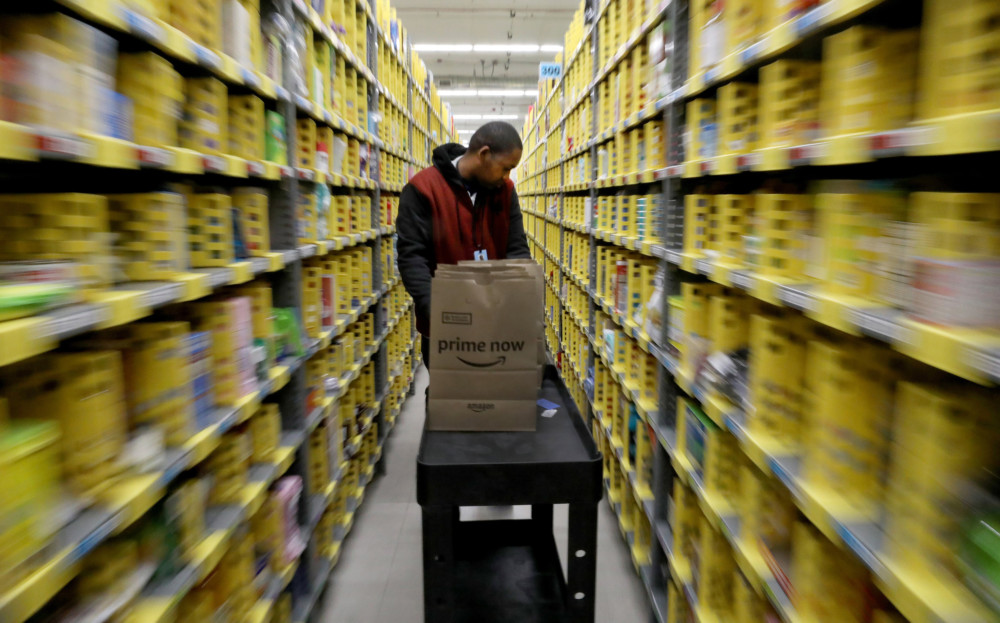By Benjamin Romano
The Seattle Times
WWR Article Summary (tl;dr) Jeff Wilke, CEO of Amazon’s worldwide consumer business, said the company invested “tens of billions of dollars” since 2011 to help small and medium-size businesses using its platforms. Those investments, according to a company spokesman, include the fulfillment centers and delivery infrastructure Amazon itself uses.
SEATTLE
The conventional wisdom once said Amazon is the bane of small business, using its might and scale to undercut the mom-and-pop retailer on price and convenience.
The reality is something different, Amazon argues in its second annual report on its impact on businesses with fewer than 1,000 employees and less than $1 billion in revenue.
In the U.S., more than 1.9 million such firms, as well as authors and developers, worked with the commerce giant in 2018.
In 2017, it said it had 1 million third-party sellers, but did not provide a comparable number to the broader group counted in 2018.
Small and medium firms selling through its online marketplace had an estimated 1.6 million employees worldwide in 2018, up from 900,000 in 2017.
Amazon is touting these statistics as a new dynamic takes hold at the company: Since 2015, the majority of merchandise sold on Amazon has come from third-party sellers who use its infrastructure, digital and physical, to present and deliver their wares to shoppers.
Amazon founder and CEO Jeff Bezos highlighted the trend in his closely read letter to shareholders last month, writing: “Third-party sellers are kicking our first-party butt. Badly.”
Third-party gross merchandise sales in 2018 hit $160 billion, 58 percent of the total sold on Amazon, up from 3 percent in 1999.
Of course, Amazon still benefits handsomely from these third-party sales. In 2018, it collected nearly $43 billion in commissions and fees for fulfillment, shipping and other seller services.
Jeff Wilke, CEO of Amazon’s worldwide consumer business, said the company invested “tens of billions of dollars” since 2011 to help small and medium-size businesses using its platforms.
Those investments, according to a company spokesman, include the fulfillment centers and delivery infrastructure Amazon itself uses, but also programs specifically geared toward third-party sellers, such as tools to help them advertise, optimize operations for sales on Amazon and sell globally.
The company issued more than $1 billion in short-term loans to preselected third-party sellers last year, mainly to support inventory and operations growth. It also spends on investigations to root out fraud and abuse.
While Amazon’s third-party partners number nearly 2 million, a relative few are making enough to earn a living through Amazon. Only about 10 percent, nearly 200,000 small and medium businesses, chalked up more than $100,000 in annual sales last year.
Also counted among the third-party total are self-published authors, people who have started delivery businesses under Amazon’s umbrella and developers of skills for Amazon’s voice computing system, Alexa.
It was only a year ago that Amazon began allowing developers to monetize Alexa skills in the U.S.
Peter Stewart, who produces a podcast and consults with companies on voice technology, said that many thousands of people are trying to make money developing Alexa skills, and a few have earned thousands of dollars. Others are developing skills, such as ordering pizza or controlling light bulbs, meant to support other aspects of their business. But, said Stewart, “the vast majority have earned nothing.”














































































































































































































































































































































































